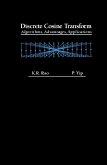
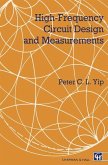
Broschiertes Buch
Softcover reprint of the original 1st ed. 1990
31. Mai 1990
Springer / Springer Netherlands
978-0-412-34160-1
| eBook, PDF | 40,95 € |
eBook, PDF
6. Dezember 2012
Springer Netherlands
Ähnliche Artikel
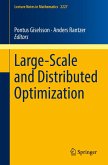
eBook, PDF
11. November 2018
Springer International Publishing
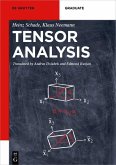
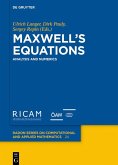
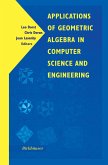
eBook, PDF
6. Dezember 2012
Birkhäuser Boston
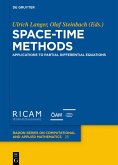
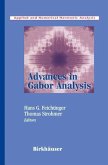
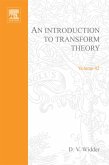
eBook, PDF
30. September 1971
Elsevier Science & Techn.
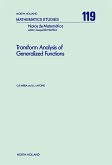
eBook, PDF
1. Januar 1986
Elsevier Science & Techn.
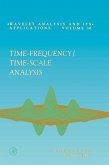
eBook, PDF
29. September 1998
Elsevier Science & Techn.
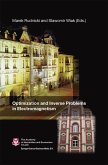
eBook, PDF
17. April 2013
Springer Netherlands
Ähnlichkeitssuche: Fact®Finder von OMIKRON
